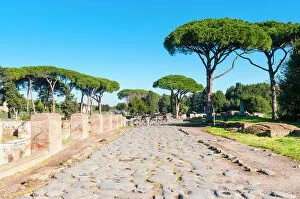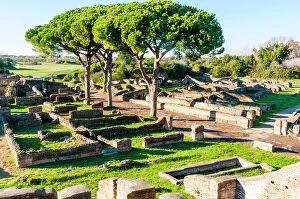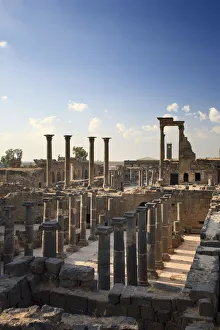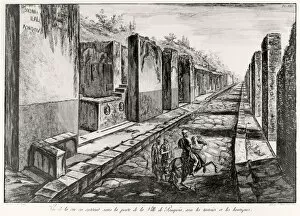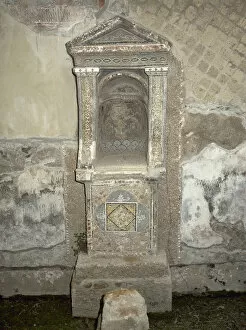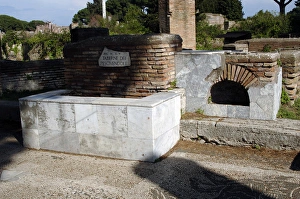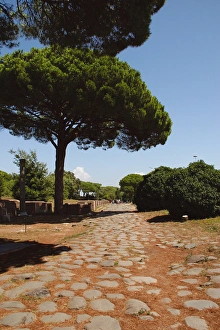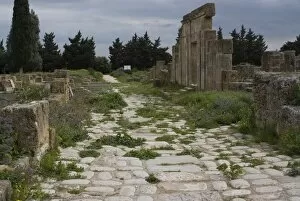Decumanus Collection
The decumanus, a term derived from the Latin word "decimus" meaning tenth, refers to the main east-west street in ancient Roman cities
All Professionally Made to Order for Quick Shipping
The decumanus, a term derived from the Latin word "decimus" meaning tenth, refers to the main east-west street in ancient Roman cities. One such example can be found in Bosra, Syria, where the ruins of an ancient Roman town stand as a testament to its rich history. Designated as a UNESCO World Heritage site, these ruins include the remains - a colonnaded street that served as the city's main axis during its heyday in the 2nd century. Walking along Via dell Abbondanza within these ruins feels like stepping back in time. The worn cobblestones beneath your feet whisper stories of long-gone civilizations and bustling trade routes. As you explore further, you might even encounter unexpected companions such as the Brown rat (Rattus norvegicus), reminding us that nature reclaims what humans leave behind. In Palmyra, another Syrian city steeped in antiquity, remnants of Zenobia's Palace transport visitors to 1859 when it was captured on paper by an artist capturing its grandeur and architectural marvels. Via di Stabia leads you through this captivating city towards the Temple of Bel - a structure constructed between late 2nd and early 3rd centuries AD. But it is not just Syria that boasts such magnificent decumani; they can be found across various regions once under Roman rule. From Pompeii's Street of Gateway to Corinth's Decumanus Road and Palmyra's Upper Colonnade Street – each holds unique tales waiting to be discovered by curious minds. One particular artwork by A Lorenzini captures the essence of these Roman decumani beautifully. It serves as a reminder that while empires rise and fall, their legacy lives on through structures like these streets which were once vibrant arteries pulsating with life. The decumanus symbolizes more than just physical infrastructure; it represents human ingenuity, cultural exchange, and the enduring spirit of ancient civilizations.

